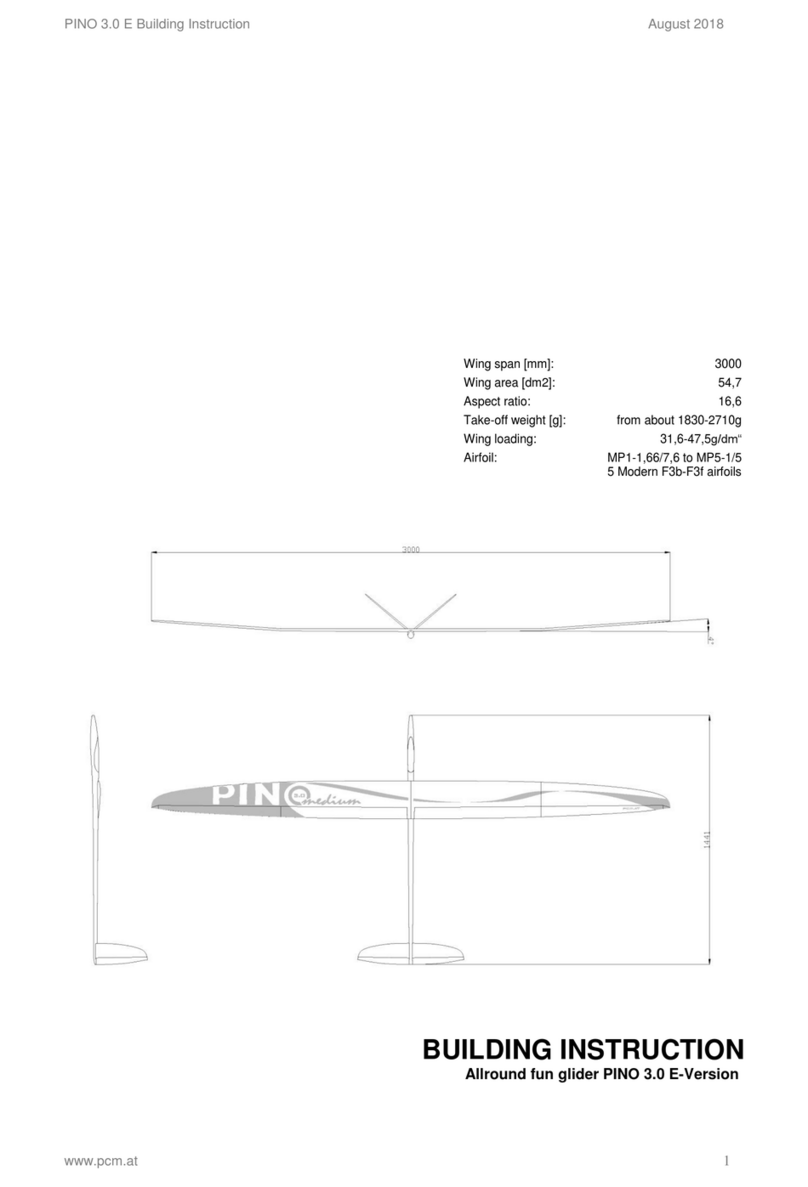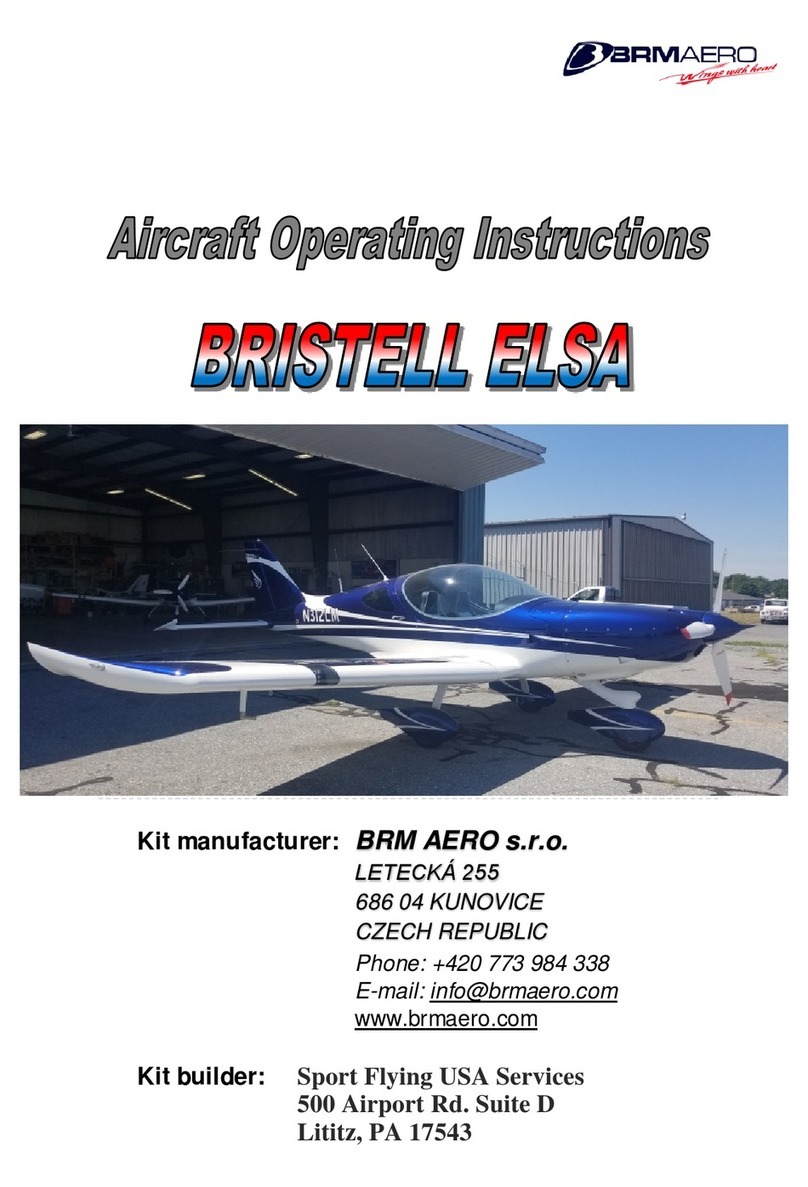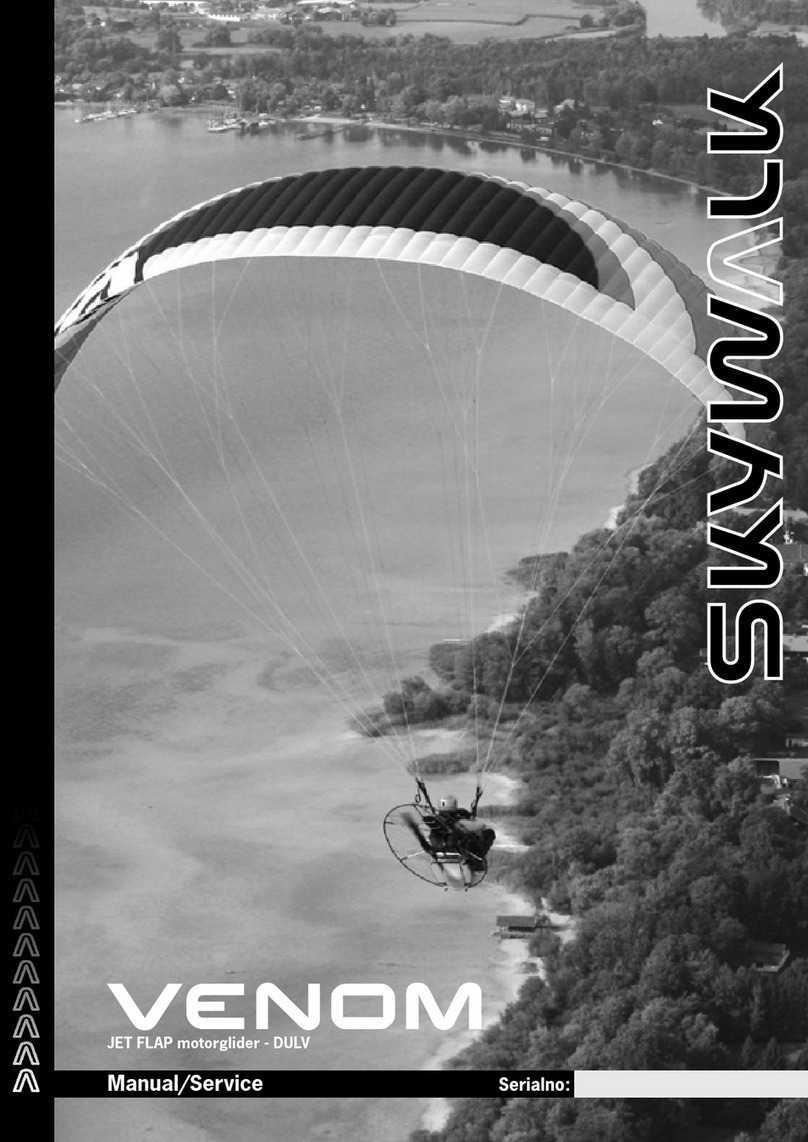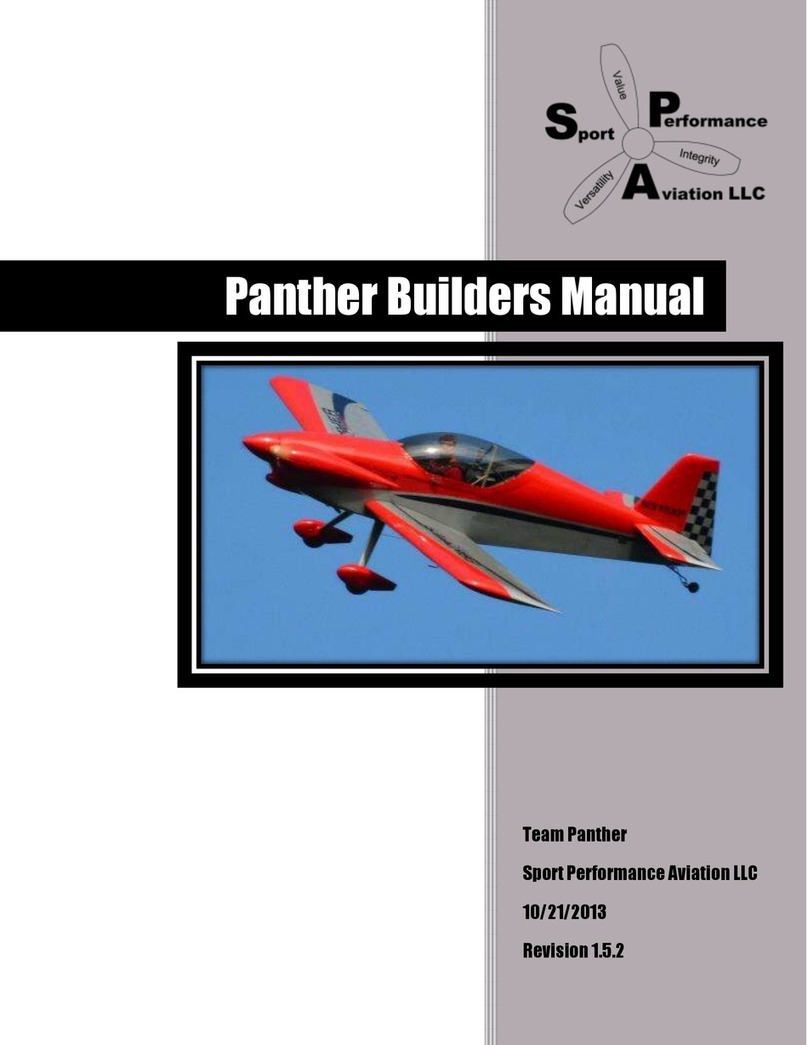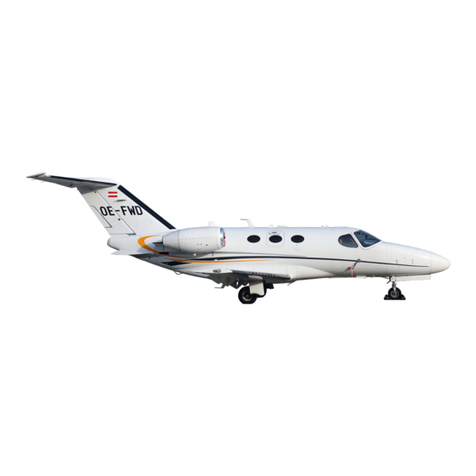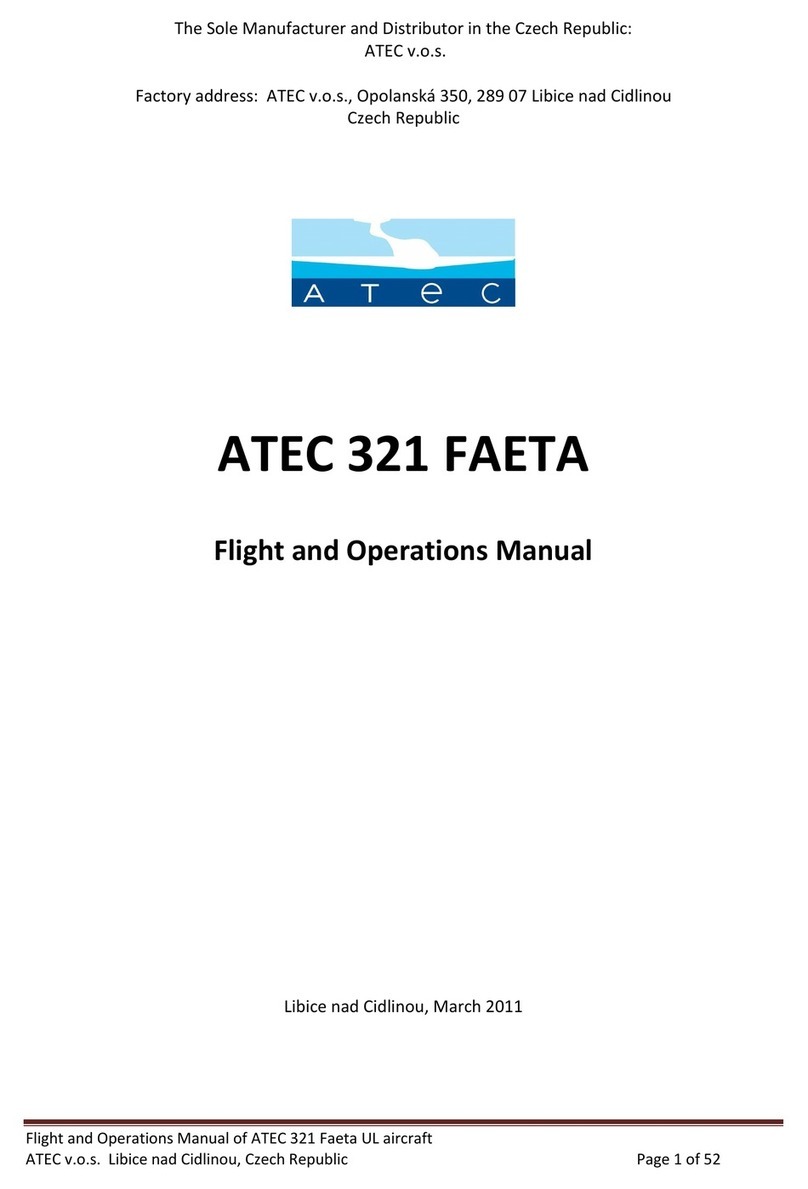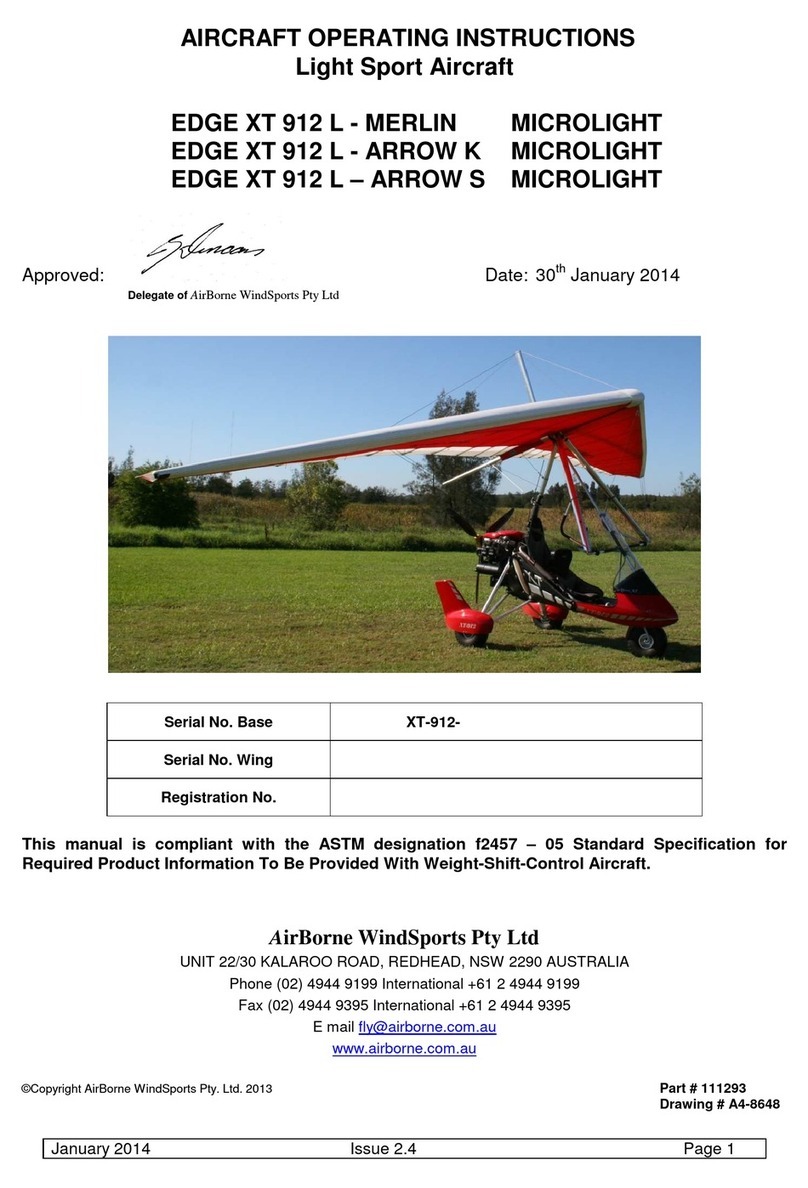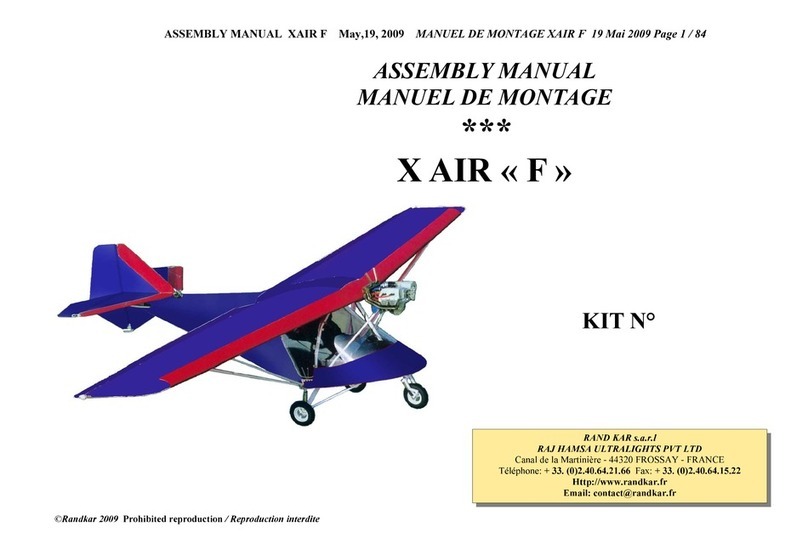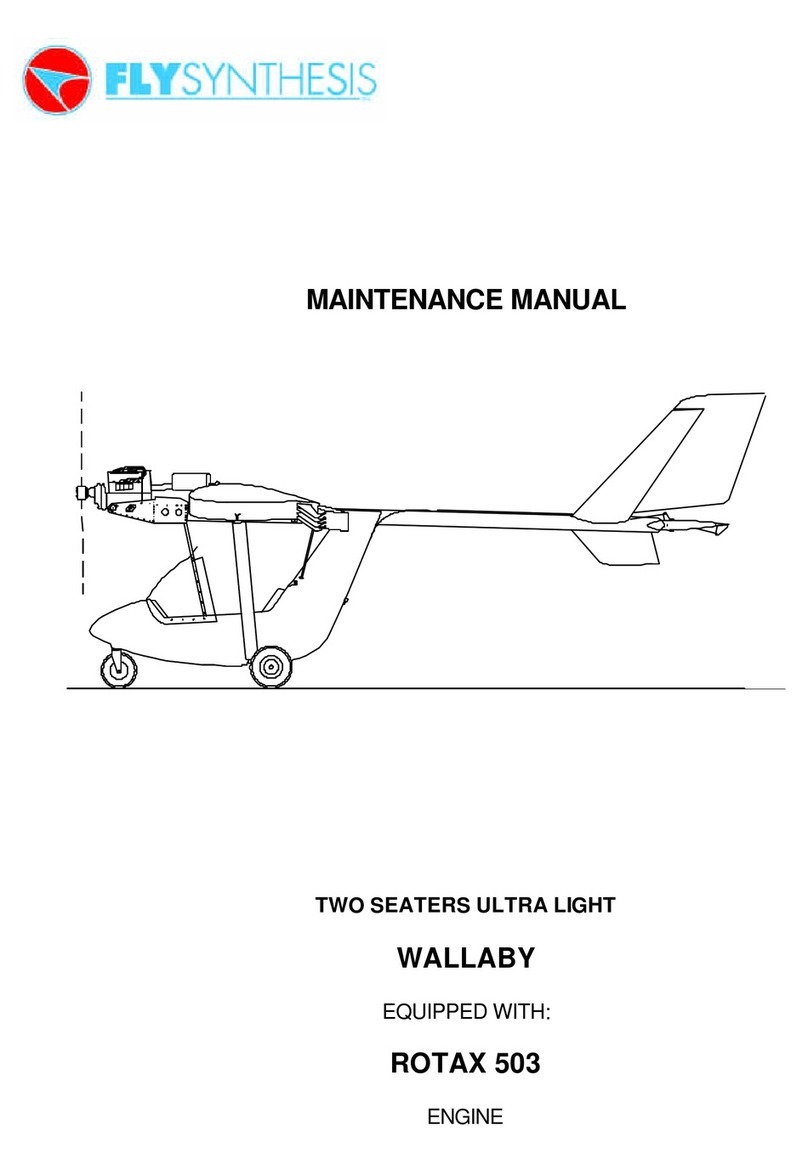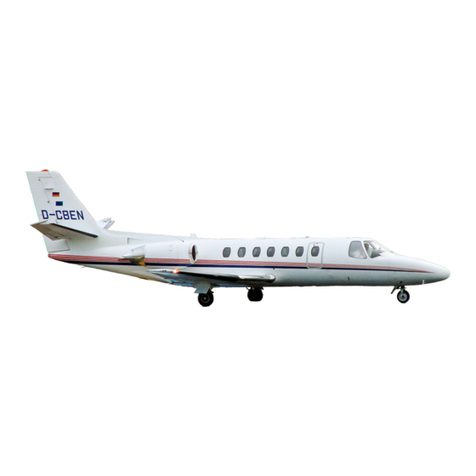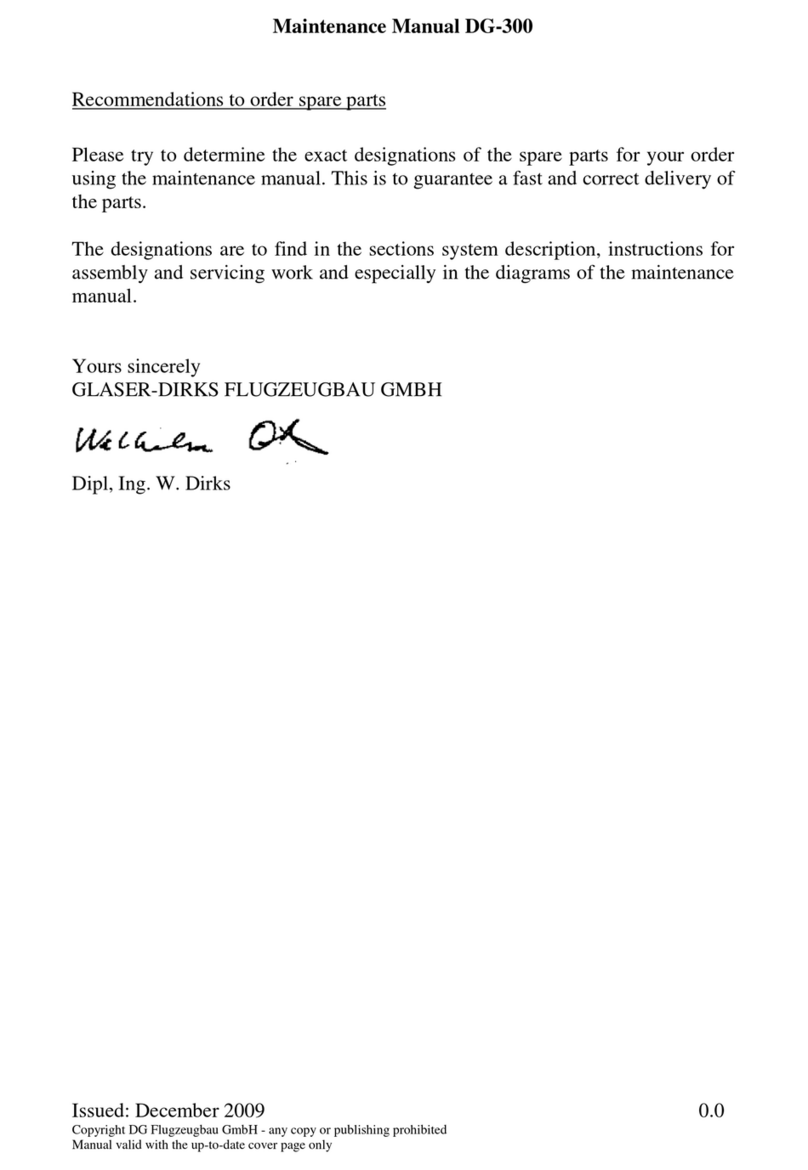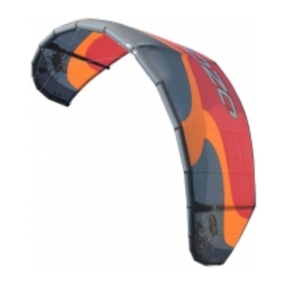PCM Pino Medium User manual

PINO E - Building Instruction July 2017
www.pcm.at 1
Wing span [mm]:
2500
Wing area [dm2]:
44
Aspect ratio: 14
Take-off weight [g]:
from 1500-2200g
Wing loading: 34-50g/dm“
Airfoil:
VS2/ VS3/ VS4/ VS5/ VS6
Modern F3b-F3f airfoils
BUILDING INSTRUCTION
Allround fun glider PINO – electric version

PINO E - Building Instruction July 2017
www.pcm.at 2
CONTENTS
DATA
1. Kit – contents
2. What else do you need?
3. Electronic equipment
ASSEMBLING THE MODEL
4. Wing
4.1 Controlling flaps and ailerons
5. Fuselage
5.1 Servoboard
5.2 Electric drive
5.3 Contacts for flaps and ailerons
5.4 Connection of rudder
5.5 Canopy
5.6 Hook for winchstart
6. Ballast
7. Settings for the first flight
OTHER
8. Check list before starting
9. Notes for use
3
3
3
4
4
8
8
11
12
13
13
13
14
15
18
18

PINO E - Building Instruction July 2017
www.pcm.at 3
DAT
A
1.
Kit
–
contents
Fuselage + canopy
Wing
Elevator
Lever for controlling rudder, 1 pc.
Lever for controlling ailerons, 2 pc.
Lever for controlling flaps, 2 pc.
Steel wire 1,2mm for rudder, 1 pc.
M2,5 screw rod for controlling ailerons, 4 pc.
8x lever connectors M2,5
1x lever connectors M2
M4 metal screws for fixing wing, 4 pc.
M4 nylon screws for fixing wing, 4 pc.
Spring-loaded contacts 2 pairs.
Building instruction (for download from our website)
Connectors / ballast:
Segler / Glider Elektro
Normal (Slope)
Medium
1x Kohlestab /
carbon rod
1x Stahl lang / steel long
2x Stahl kurz / steel short
1x Kohlestab /
carbon rod
1x Stahl lang / steel long
2x Stahl kurz / steel short
Ultralight
2
.
What else do you need
:
Epoxy-glue (for example UHU 300 endfest or Pattex Stabilith)
Super glue (runny)
Electrical equipment (On/Off-switch, cables, plug...)
Electronic equipment
Shrinking tube...
3.
Elect
ronic equipment
(recommendation)
Servo ailerons and flaps: - KST DS 135 MG
Servo rudder and elevator: - KST X08
Receiver: - for 4 wing servos, rudder and elevator servos
Motor: - Schambeck Powerline 1025
Controller: - YGE60LVS
Prop: - RFM 16 x 8,5 narrow
Spinner: - D=28mm
Accumulators: - Lipo 3S from 850-1000mA/h
Following cells fit well into the fuselage:
Wellpower SE CH8 850mA/h, 3S, 71g, 75/25/20
Wellpower SE „sonder“ 950mA/h, 3S, 70g, 75/25/19
Wellpower SE V2 CH8 1000mA/h, 3S, 93g, 64/32/23
Source: Modellbau Lindinger

PINO E - Building Instruction July 2017
www.pcm.at 4
4
.
WING
4
.1
Controlling
flaps and
ailerons
Fixing the servos
First of all, prepare the surfaces which will be glued. Grind them
with a rough paper (about 80-40 grain size).

PINO E - Building Instruction July 2017
www.pcm.at 5
The
n
,
set the servo to the
zero position
and
screw it to the
frame. The screwing is important, because if you screw the
servo after gluing it into the wing, tension will occur and the
surface of the wing will get wavy.
The
lever length
s:
Aileron: 8mm (first hole of
the smaller lever of the KST
servos.)
Flaps: 10mm (first hole of
the stronger lever of the KST
servos.)
The length is measured from
rotation center to hole center.
Flap servo:
Set the servo to its zero position and let the lever show a little
bit to the front. So you get more break deflection.
Aileron servo:
Let the lever in rectangular position.
Verify the
free movement
of all the parts.
It will be necessary, that you
optimize the lever
connector as shown in the
pictures besides.
It has to be done in different
ways for the flaps and for the
ailerons.
Aileron servo
Flap servo

PINO E - Building Instruction July 2017
www.pcm.at 6
Prepare the parts for gluing
the control levers into the
wing. Grind all gluing
surfaces, the slot of the
control surfaces and the
levers themselves.
The
bolt
of the
lever
connector has sharp edges
that are bigger than the bolt
diameter. You should
remove these edges, before
you put the connector into
the lever. It is easy to clean
that bolt with nose pliers.
Grab the bolt with the nose
pliers and move the
connector up and down
about 3 times as shown in
the picture. Repeat this that
often until the connector is
able to move in the lever
hole without a lot of
friction.
Before you
glue the lever
into the control surface,
fix the
connector to the lever.
You can use
runny super glue
to fix the levers. This kind of
bonding will be strong enough for the forces occurring.
Cable mounting:
Mill a hole into the preformed space for the contacts. Make the
hole big enough, so that the contacts will not touch the
carbon.

PINO E - Building Instruction July 2017
www.pcm.at 7
Now,
slide the cables
through the hole.
Then solder the cable to the
contacts.
It is very important to
insulate all the contacts
that could touch the carbon.
We use “Plasti Dip” for such
purposes.
Make sure that the contact
fits easily into the free
space, which is provided for
the contact, without putting
any force on the soldered
areas.
Before you fix the contact
with a drop of runny super
glue, check if all the servos
work well.
Anyone who is afraid that
this work can not be
carried out adequately,
should use usual plug
connections. If the spring
contacts are installed
incorrectly, the model may
be totally lost.
Now you can s
tick the
seals over the gaps
.

PINO E - Building Instruction July 2017
www.pcm.at 8
5. FUSELAGE
–
electric version
5.1 S
ervoboard
All necessary
hole
s
are
already pre-milled.
CNC milled
wood parts
are
included in the kit for
mounting the
KST X08 V3.
Set the parts together with
toothpicks.

PINO E - Building Instruction July 2017
www.pcm.at 9
Glue
everything with
super
glue and then cut off the
toothpicks.
M
ount the servos
as
shown in the picture.
The
lever lengths
are:
Elevator: 10mm (big KST
servo lever 2nd hole)
Rudder: 8mm (cross
shaped KST servo lever 2nd
hole)
Use the KST levers which
are nearer to the servo.
So you gain more space.

PINO E - Building Instruction July 2017
www.pcm.at 10
Now screw
the
narrow
board to the bottom of the
servoboard.
In order to glue it into the
fuselage, put a mixture of
epoxy-cottonflocs just
onto this narrow board.
Then put the
servoboard
into the fuselage.
Connect the horns to the
pushrods and set
everything to zero (servos
and control surfaces).
Then press the board down
to glue it well to the
bottom.
Zero
position of the
elevator is 77mm.

PINO E - Building Instruction July 2017
www.pcm.at 11
If you want to change the
servos sometime, you can
loosen the screws through
the holes in the fuselage.
5.
2
E
l
ectric drive
Now
glue the
motor
mounting into the
fuselage.
Grind a 45° angle to the
edges of the motor
mounting and put it 1mm
deeper into the fuselage
to get a bigger gluing area.
At the moment we
recommend the Powerline
Pro Set from Schambeck.

PINO E - Building Instruction July 2017
www.pcm.at 12
Here you see:
If everything is installed,
enough space is left to add
a GPS, a vario, a logger or
even a much bigger Lipo.
Lipos from 850-1400mA/h
fit into the fuselage.
5.
3
Contacts for flaps and ailerons
Next,
let’s finish the
aileron
and flap contacts for the
fuselage.
The cable length should
be about 32cm.
Pay attention that you
solder the contacts in the
same way as they are
soldered in the wings.
Then put a little bit
5 minute epoxy with cotton flocks
around
the contacts.
So you insulate and strengthen the soldered parts.
The rest of the contacts
have to be insulated extra.

PINO E - Building Instruction July 2017
www.pcm.at 13
Before you fix the contacts
to the fuselage with a runny
super glue, make a test, if
everything is contacted
well.
5.
4
Connection of r
udder
Fix the
lever in the
c
ontrol
surface
and connect it to the
steel
pushrod.
Make a mark for the zero position of the elevator on the
rudder.
5.
5
Canopy
We use a very simple solution to mount the canopy.
Just glue the carbon stick into the canopy. Note that the gluing
spot is only in the middle of stick and canopy, so you can thread
the stick into the fuselage while the canopy remains on the outer
side.
5.
6
Hook for
w
inchstart
There is
a
plywood part in
the skin of
the fuselage
, so
that
you can drill holes into the fuselage to position your hook.
We recommend to start with a position of about 2cm in front of
the CG.

PINO E - Building Instruction July 2017
www.pcm.at 14
6. BALLAST
In the kit included are:
- 1x carbon rod
- 1x steel rod
- 2x short steel rods
You can use these rods as follows:
- 1x carbon rod for weak conditions in the front hole.
Adjust the CG of the plane with this rod inside.
To optimize the center of gravity we have removed this
front opening.
-
1x carbon + 1x steel
r
od
for
stronger conditions
To optimize the center of gravity we have removed the
foremost opening.
1x carbon, 1x steel rod + 2x short steel
for
even stronger
conditions.
To optimize the center of gravity we have removed the
foremost opening.
-
For extra strong conditions
you c
ould put into a
40cm long
steel rod and two 20cm steel rods behind. That ballast
weights 700g.
When you fly with this setting, you have to take care that you
don`t overload the wing structure. So use the elevator
softly, when you fly with that much ballast. Remember also
that the landings have to be much softer with such an
additional weight.

PINO E - Building Instruction July 2017
www.pcm.at 15
7
.
SETTINGS FOR FIRST FLIGHT

PINO E - Building Instruction July 2017
www.pcm.at 16

PINO E - Building Instruction July 2017
www.pcm.at 17

PINO E - Building Instruction July 2017
www.pcm.at 18
OTHER
8
.
Check list before starting
:
1.
Check
centre of gravity
2. Check control surfaces:
Do control surfaces move in the correct direction?
Check the greatest swings
3. Check reception
4. Check control surfaces before each flight.
Do all control surfaces still move correctly?
Is there enough power in the accumulator?
Are the brakes retracted?
You can save the retraction of the brakes in your start
setting. By this, you can never start with extended
brakes.
5. Gentle launch in the flat. If there are some wrong settings,
you will realize it during a gentle throw in the flat.
9
.
Notes for the use
To avoid heating of the carbon surface, models with carbon
wings should not lie in the sun.
During flight heating by the sun is no problem, as the model is
cooled by the wind. On ground the glider should be kept inside
protective bags or in the shade.
After every ungentle landing, you must check your model for
possible damage, such as:
- Is the radio board still glued thoroughly?
- Did the leading edge of the wing burst open?
- Did rudder or elevator get damaged?
Table of contents
Other PCM Aircraft manuals
